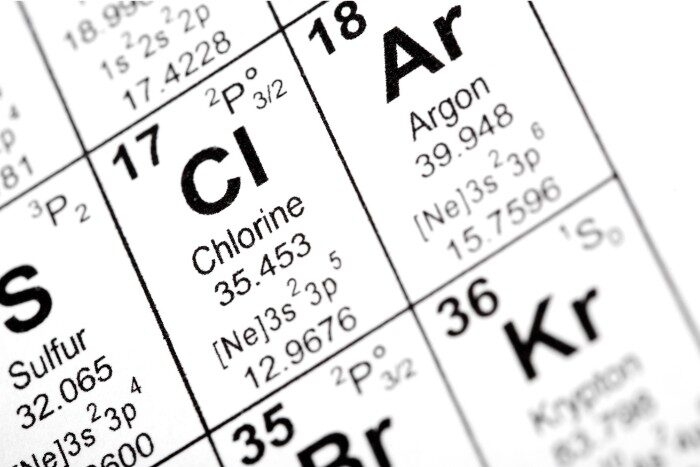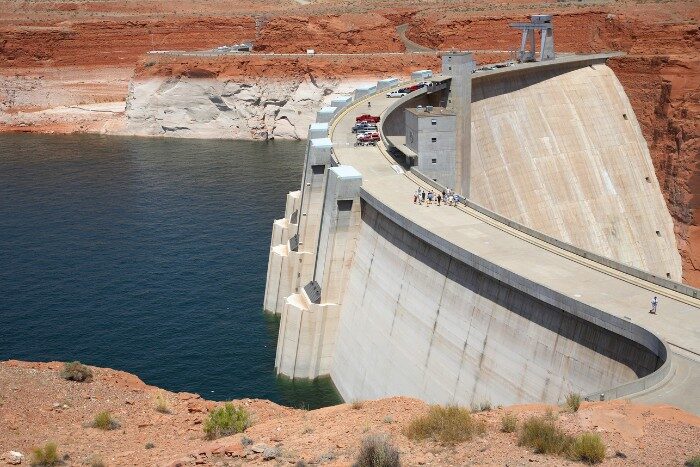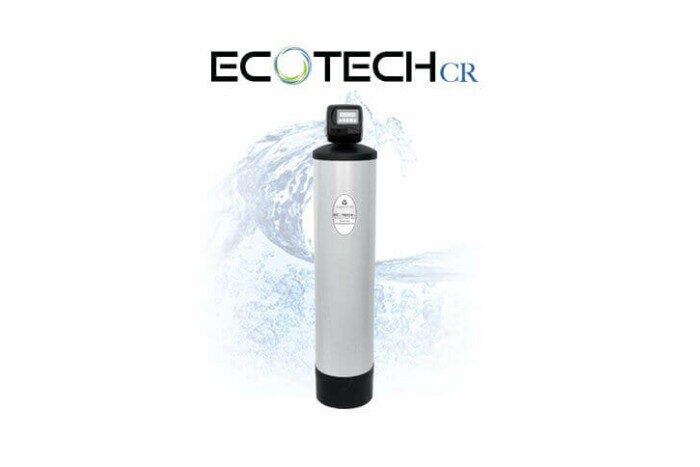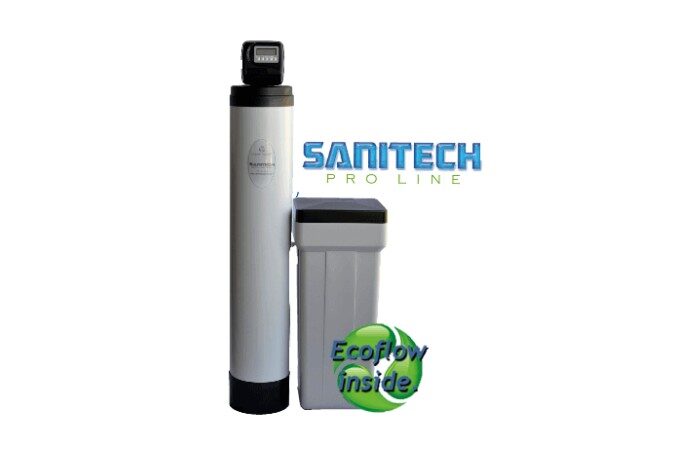
Does installing a water softener also remove chlorine from your tap water? While both processes improve water quality, they serve different purposes. Understanding their distinct functions can help you address various water concerns effectively.
The Role of Water Softeners
Water softeners are designed to combat hard water by removing minerals like calcium and magnesium through a process known as ion exchange. During this process, hard water passes through a resin bed where calcium and magnesium ions are exchanged for sodium or potassium ions, resulting in softened water. This transformation helps prevent scale buildup in pipes and appliances, enhances soap efficiency, and can improve skin and hair health. However, it’s important to note that standard water softeners do not remove chlorine from water.
Chlorine in Municipal Water Supplies

Chlorine is commonly added to municipal water supplies as a disinfectant to eliminate pathogens and ensure safe drinking water. While effective for disinfection, chlorine can impart an undesirable taste and odor to water and may have drying effects on skin and hair. Additionally, chlorine can degrade the resin beads within water softeners over time, potentially reducing their effectiveness and lifespan.
Methods to Remove Chlorine from Water

To effectively remove chlorine from your water, consider the following methods:
- Granular Activated Carbon (GAC) Filtration
GAC filters are highly effective at removing chlorine and its associated taste and odor. These filters use porous carbon media to adsorb chlorine molecules as water passes through. GAC filtration can be integrated into point-of-use systems, such as under-sink filters, or whole-house systems to provide comprehensive chlorine removal. - Catalytic Carbon Filtration
Similar to GAC, catalytic carbon filters are specifically designed to remove chlorine and chloramine—a combination of chlorine and ammonia used in some water treatments. These filters enhance the adsorption process, making them particularly effective for comprehensive chlorine removal. - Reverse Osmosis (RO) Systems
RO systems utilize a semi-permeable membrane to remove a wide range of contaminants, including chlorine, from water. These systems are typically installed at point-of-use locations, such as under the kitchen sink, to provide purified drinking water. While highly effective, RO systems can be more expensive and may require more maintenance compared to other filtration methods. - Boiling
Boiling water for approximately 15 minutes can effectively remove chlorine by allowing it to evaporate. However, this method is impractical for large volumes of water and does not address other potential contaminants.
Integrating Chlorine Removal with Water Softening

While traditional water softeners do not remove chlorine, combining a water softener with a filtration system can provide comprehensive water treatment. For instance, installing a GAC filter before the water softener can remove chlorine, protecting the resin bed from degradation and enhancing the overall quality of your water. This integrated approach ensures both the removal of hardness minerals and chlorine, resulting in water that is both soft and free from chlorine’s taste and odor.
Understanding the distinct functions of water softeners and chlorine removal methods is crucial for optimizing your home’s water quality. While water softeners effectively address hardness by removing calcium and magnesium ions, they do not eliminate chlorine. To achieve water that is both soft and free from chlorine’s taste and odor, integrating appropriate filtration methods, such as granular activated carbon filters, is recommended. By combining these systems, you can enjoy the benefits of softened, chlorine-free water throughout your home.
For more information on water treatment solutions tailored to your needs, visit Clear Water Concepts.

